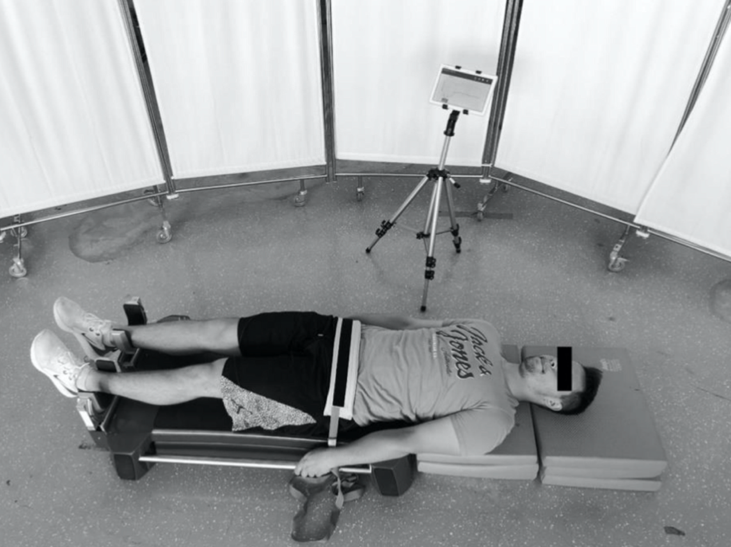Brief Summary
Adductor Muscles Strength and Strength Asymmetry as Risk Factors for Groin Injuries among Professional Soccer Players: A Prospective Study
Groin injuries are costly in elite sports. While up to 25% of players lose time due to groin pain during a season, these numbers do not capture only one-third of groin symptomology that affects male soccer player performance. Moreover, it is not uncommon for groin problems that limit athletic performance to persist for extended periods (>12 months) and for clinicians to be challenged by the multifactorial nature of these issues, diagnostic complexities, and management decisions around surgical and conservative care.
A relationship between hip muscle strength and injury risk in elite football has been described by sufficient researchers investigating a variety of athlete types and groin pathologies for clinicians to be investing significant resources in profiling and monitoring Hip Adductor Strength.
In 2020, Markovic et al. undertook a prospective study of 45 elite first-division soccer players. Preseason testing of hip adductor muscle strength was performed, and groin injury history during the course of the following season was recorded.
Isometric groin strength was measured using externally fixed dynamometers with the hip in neutral and using a long lever position (Figure 1). Three bilateral maximum voluntary Isometric Contractions were performed with 45 rest between trials.


10 groin injuries were recorded ruring the course of the following season. In short, injured players were found to be 26% weaker and to demonstrate greater between limb strength asymmetry (51%). The research team reported in summary that (i) Lower levels of Isometric Adductor muscle Strength increased the risk of groin injury in elite soccer players, and (ii) The injured group had lower levels of isometric adductor strength and higher between-limb strength asymmetry when compared to the uninjured players (table 1). Importantly these were prospective or pre-injury differences. 
Importantly, this data is consistent with the notion that preseason hip strength profiling and structured interventions based on these results are likely to mitigate risk of groin injury in elite football populations. Prior to and since this time, other related studies, many with larger sample sizes, add to this body knowledge. In doing so the relationship/s between 3D hip strength and not only groin, but lower limb injury in general, are being better understood.

KangaTech provides the ability to profile long and short lever variations of isometric hip adductor strength testing in any range (as required). Frame stiffness / quality and sensor sensitivity provide ICC and minimum detectable change (MDC) values of 0.92 and 3% respectively, allowing these measures to be used with confidence when profiling athletes and when monitoring strength for chronic and acute changes over time in response to training interventions and / or games.
To access the article, please click here.
If you would like to learn more about how KT360 can help your organization measure strength and mitigate injury risk, please contact info@kangatech.com
